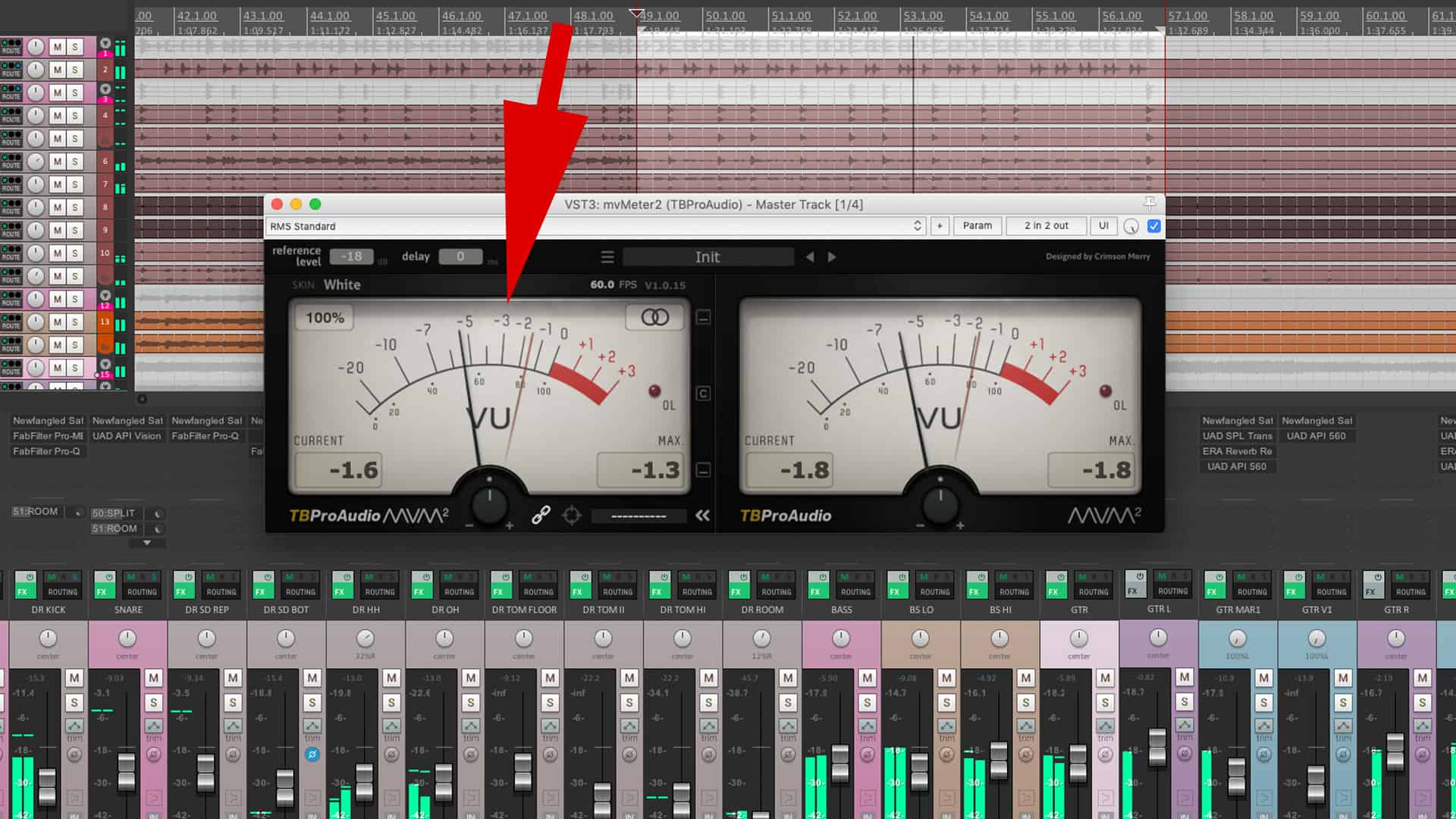

This can work for certain tunes, but sound rigid and blocky in others. Adjust note lengthsĭue to the MIDI grid of DAWs, it’s common for producers to draw in quantized bass notes that are of equal length. You will quickly hear the mix come to life after this. You also might want to double the sub with a square bass to fill up the spectrum. If you need to add more low mids, open up the bass filter or add harmonic distortion focused around 200 Hz. But on most other monitors-and in other rooms-the mix lacks thickness and punch.Īgain, Tonal Balance Control can confirm this.

Maybe the producer made the song with a subwoofer on and didn’t feel the bass needed any information in a higher register. In some cases, your mix might be missing low mid content, which is just as big a problem. This will display the frequency spectra of both signals and reveal where masking is taking place: the red bars at the top and the orange overlays on the EQ is where your attention is required. On the bass’ Neutron, hit the drop-down menu next to “Masking” and bring up the kick.

If you’re having trouble hearing and feeling low end elements, instantiate Neutron 3 on your bass and then place another instance of Neutron, or Nectar or Relay on the kick that is interfering with translation. There are a number of ways to address masking in the mix. There won’t be a memorable impact if the kick keeps getting in the way! Electronic basslines are commonly used in EDM, pop, and hip-hop-genres that require a powerful and clear low end. Making sure the kick and bass in your mix do not overlap is important in all styles of music, but this point takes special priority in electronic bass. In this article, I’ll continue the tradition of bass articles with five tips for mixing better electronic baselines. Mixing bass is one of the most challenging parts of an engineer's job, which is why we write about it so often:Ĩ Tips for Mixing Bass in Home Recording Studiosĩ Types of Bass Parts and How to Mix Them


 0 kommentar(er)
0 kommentar(er)
